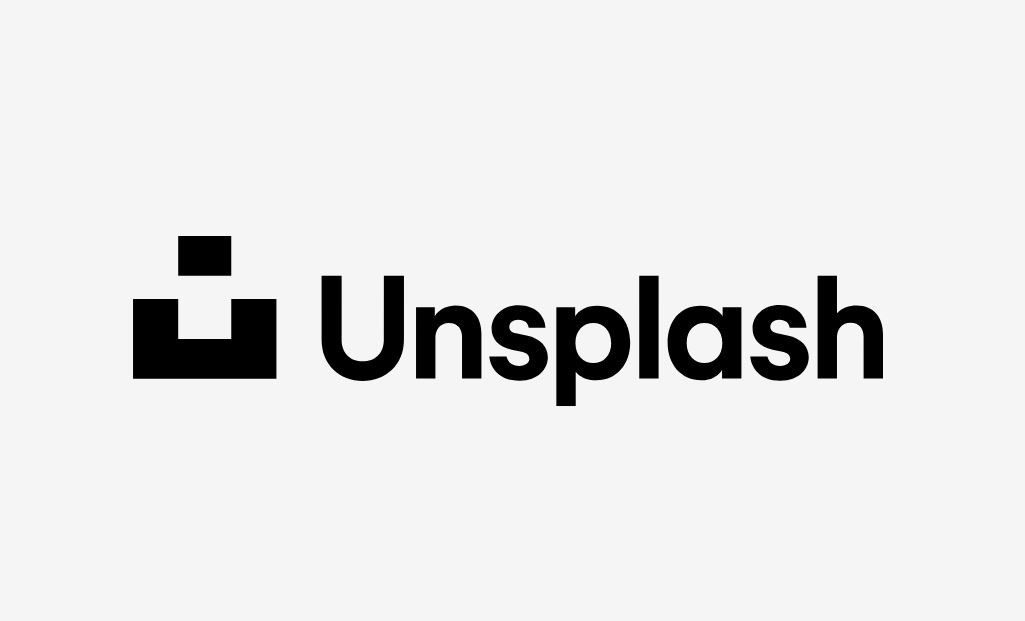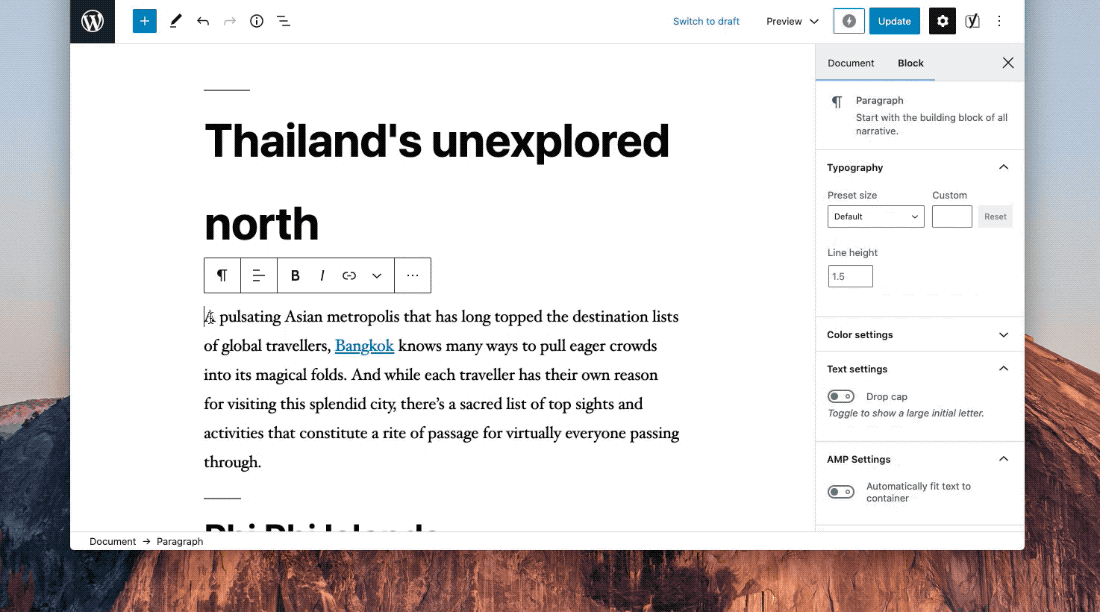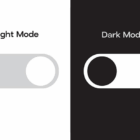Sarah Gooding · July 21, 2020 · 30 Comments
Unsplash has released its own official plugin for WordPress, co-developed with the team at XWP. The plugin seamlessly connects Unsplash’s 1 million+ free high-resolution image library with the WordPress editor.
Users can easily search Unsplash directly inside the custom block and insert images with attribution and alt description info automatically filled in. The selected images are download and added to the WordPress media library, saving users the trouble of having to leave their dashboards to search, download, and upload images.
Unsplash co-founder Luke Chesser described the project as “bringing the internet’s image library to the internet’s publishing platform.” Although the plugin is useful for any type of website – from small blogs to businesses, it was large publishing organizations that provided the impetus for Unsplash to develop an official integration for WordPress.
“We’ve been working with a lot of publishers as they integrate Unsplash into their publishing flows to replace legacy solutions,” Chesser said. “With so many publishers being powered by WordPress, we saw a repeated need for a high quality integration that could be shared by all of the publishers. In order to best serve them, we needed to offer something that we could ensure met their needs both now and in the future.”
Instant Images, a plugin that boasts one-click Unsplash uploads, is currently the largest competitor to the adoption of the official plugin with more than 50,000 active installs. Many other plugins have also added some form of Unsplash integration in the past. Chesser said his team has loved seeing the variety of applications developers have created with their API and they were hesitant to create their own plugin.
“We saw a gap between the things big and small publishers were telling us, and the way the existing plugins had been developed,” he said. “Most existing plugins reupload the image to the WordPress library and then treat it as a standard image, which breaks a handful of things:
- Image attribution to the original photographer is usually lost (or is no longer supported past the first usage)
- The time it takes for the server to download the image and then reupload it can be slow
- Out of the box, WordPress’s current support for dynamic image URLs that adapt to the device connection and screen size is limited and by using the Unsplash CDN, we could ensure that the right size image is served to better optimize for performance.”
When developing the official plugin, Unsplash and XWP took feedback from publishers and aimed to improve on how existing plugins handled images. After testing it, I found the search feature was fast and setup was a breeze. The plugin handles everything for the user invisibly in the background and its integration with the block editor makes it feel like a natural part of WordPress.
Unsplash Aims to Increase Its Audience by Enhancing the Publishing Workflow for WordPress Publishers
As Unsplash looks to define a new economic model around photography, WordPress-powered sites are a major consideration, since the platform powers more than 37% of Alexa’s top 10 million websites.
Seven years after it started as a Tumblr blog, Unsplash is moving to directly monetize the site by working with brands to create photos that will appear in search results. “Unsplash for Brands” launched in December 2019 as an answer to the question of how Unsplash will make money. Companies pay to have their branded images show up prominently in search results alongside other organically ranking images that match users’ queries.
“While they serve completely different purposes, I think a lot of brands are growing tired of the state of digital advertising today, with Facebook and Google having a host of problems around privacy, targeting, and negative consequences for culture,” Chesser said. “Unsplash allows brands to influence the visual mindshare of the internet while having an authentic and positive impact on their audience.”
Launching an official WordPress plugin is a strategic move for Unsplash as it puts those branded images in front of a larger audience with users searching directly within the editor. Although the company continues to push out new features to the Unsplash API, many publishers did not have the resources to create their own integrations.
“After so many conversations with publishers, both big and small, that want to integrate the Unsplash library but can’t due to resources, we felt that we needed to offer something more ready to use than the raw API or SDKs,” Chesser said.
“We built the current version of the Unsplash for WordPress plugin so that it meets those needs of publishers now, but we know that we can push it a lot further in the future.”
The first iteration of the plugin mirrors the flow and features that a user would have while navigating unsplash.com, while keeping the writer inside the editor. Now that Unsplash is integrated into the WordPress publishing flow, Chesser sees the opportunity to add more interesting features. Open sourcing the plugin also has the potential to increase Unsplash’s audience as developers extend its core features for use in other plugins.
“Using the context of the post, we can help suggest images or prefill a search using natural language processing,” Chesser said. “We can link together Unsplash images with other WordPress tools to help publishers edit and process images directly in their posts. And with a lot of the work from the plugin being focused on making Unsplash images work natively inside of the WordPress Media Library, we can even open-source the core in such a way that developers can extend and reuse the functionality, avoiding duplication across all of our third party WordPress plugins.”
Tagged unsplash






